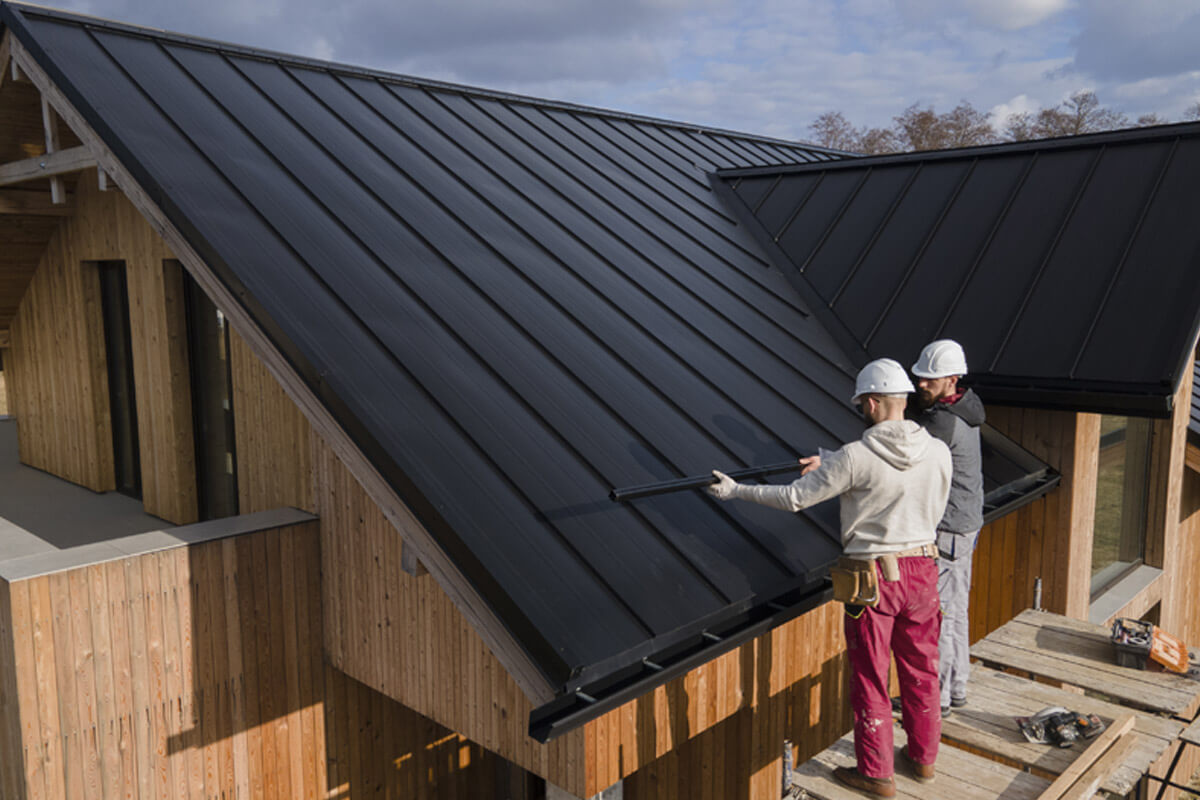
How the Low Cost of Metal Roofing Systems Combat Inflation
Inflation has caused the cost of construction materials to increase by more than 14 percent in 2022. Over the next few years, inflation is expected to tack on another 2-4 percent, and commercial property owners and developers are tasked with maximizing their investments.
In the commercial roofing space, the trend has been to pivot away from materials such as asphalt shingles in favor of metal systems. Although the materials used in state-of-the-art metal roofs have not been immune to inflation, they are delivering cost-effective benefits. If your building requires a new sloped roof or you are planning a project, these rank among the reasons a metal roof can minimize the impact of inflation.
Rising Cost of Roofing Materials
Heading into the third quarter of 2022, This Old House published an article highlighting the costs of various sloped roofing materials. While replacing residential roofs or new installations is not precisely apples to apples in terms of commercial buildings, the concepts of the basic materials are generally reliable. It’s also important to understand these are national averages at the time and regional costs often differ significantly.
Asphalt shingles still rank among the most inexpensive materials on a sloped roof. The Architectural and premium asphalt shingles ran between $4.50 and $8.25 per square foot. Metal panels ran between $10 and $17.05 per square foot. At first blush, it would appear that asphalt shingles could save property owners as much as half the materials costs. But a deep dive into the realities of installing a commercial roof proves otherwise.
Calculating Total Roofing Costs
The overall cost of installing metal roofing systems tends to be lower than its asphalt counterparts. This also holds true of high-end materials such as clay tiles and slate, among others. The reason stems from the fact that stainless steel and other types of panels cover far more square feet than 3-tab shingles. Secured by durable fasteners using power tools, it also takes fewer workers to install panels. By contrast, asphalt and other materials require more workers and take longer. Time and labor close the gap between the difference in materials.
Return on Investment
While optimists hope the economic upheaval of 2022 is in our rearview mirror, many agree there are challenges ahead. The Fed continues to raise interest rates and inflation is not entirely in check. Those factors are likely to increase the cost of replacing or installing a new roof going forward. That’s why it’s crucial to maximize your roofing investment today and hedge your bets against inflation.
Roof longevity will play a major role in staving off inflationary pains. Asphalt roofs provide the least return on investment in terms of longevity. Lasting approximately 15-20 years when well maintained, property owners can anticipate additional installations at a much higher cost later. Metal roofing systems generally last 50 years, making them a prudent investment. A property owner may undergo three asphalt roof installations compared to one using galvanized metal.
Contact A Metal Roof Professional in New England
Although metal roofs appear to require a slightly higher upfront investment, they save money in the long run and help property owners avoid inflation-driven costs. The experienced professionals at Dutton & Garfield install new metal roofs and retrofit existing buildings. If you are considering a roof, contact us at 603-329-5300 for a consultation today.
